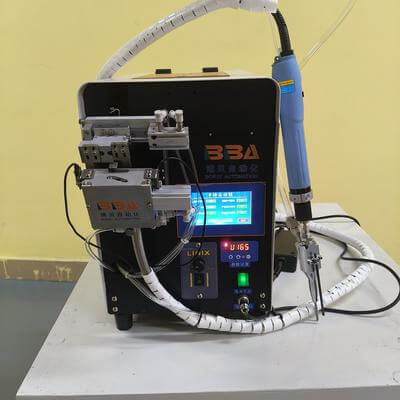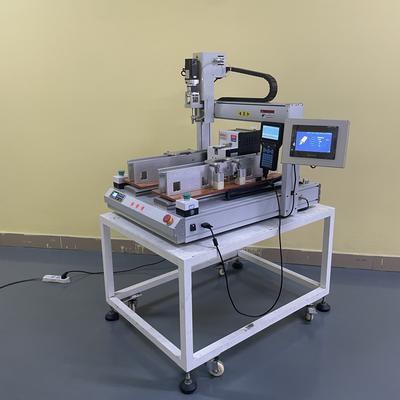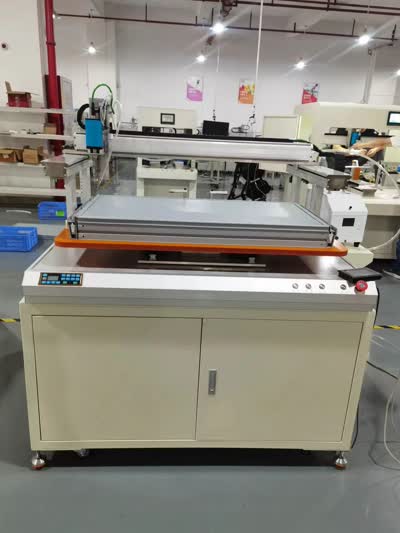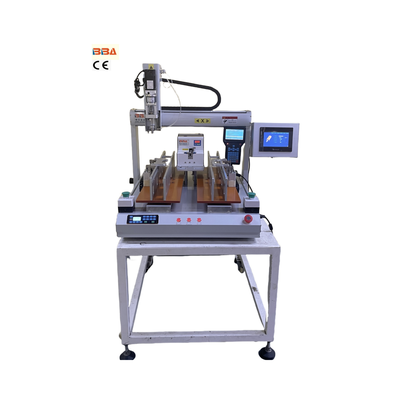Desktop vs. Inline Screw Robots: Choosing the Right Automation Solution
Choosing the right automation solution for your assembly line is critical to maximizing efficiency, precision, and cost-effectiveness. Screw driving robots have become indispensable in modern manufacturing, and two primary options dominate the market: desktop screw robots and inline screw robots. Each type has unique advantages depending on your production needs. In this article, we’ll explore the key differences and help you decide which one suits your application.
Desktop Screw Robots: Compact and Flexible
Desktop screw robots are designed for smaller workspaces and lower-volume production. These systems are typically mounted on a benchtop or workstation and are ideal for applications requiring frequent changeovers or flexibility. Key features include:
- Space-Saving Design: Perfect for limited work areas where floor space is a constraint.
- Ease of Integration: Can be quickly adapted to different screw sizes and product types.
- Lower Initial Cost: A cost-effective choice for startups or businesses with smaller budgets.
However, desktop models may not be suitable for high-speed, large-scale production due to their slower cycle times and manual loading requirements.
Inline Screw Robots: High-Speed and Scalable
Inline screw robots are built for high-volume assembly lines where speed and automation are paramount. These systems are integrated directly into conveyor-based production lines, enabling continuous operation with minimal human intervention. Key benefits include:
- High Throughput: Capable of handling hundreds or thousands of screws per hour.
- Full Automation: Often equipped with automatic feeding and positioning systems to reduce labor costs.
- Consistency: Delivers uniform screw driving quality, reducing errors and rework.
While inline robots offer superior speed and efficiency, they require more extensive setup and a larger upfront investment.
Which One Should You Choose?
The decision between desktop and inline screw robots depends on several factors:
- Production Volume: For low to medium output, a desktop robot may suffice. High-volume operations should opt for inline systems.
- Workspace Availability: If space is limited, a compact desktop solution is preferable.
- Budget: Desktop robots are more affordable upfront, while inline robots offer long-term cost savings through automation.
Ultimately, assessing your production needs and workflow will guide you to the ideal screw driving solution. Both types of robots enhance precision and productivity—just in different ways.
Investing in the right screw robot can transform your assembly process, whether you prioritize flexibility or speed. Evaluate your requirements carefully to make the best choice for your business.
| Product Name | Applicable industries |
| Auto Screwdriver Machine | Telecommunication Equipment Assembly |



